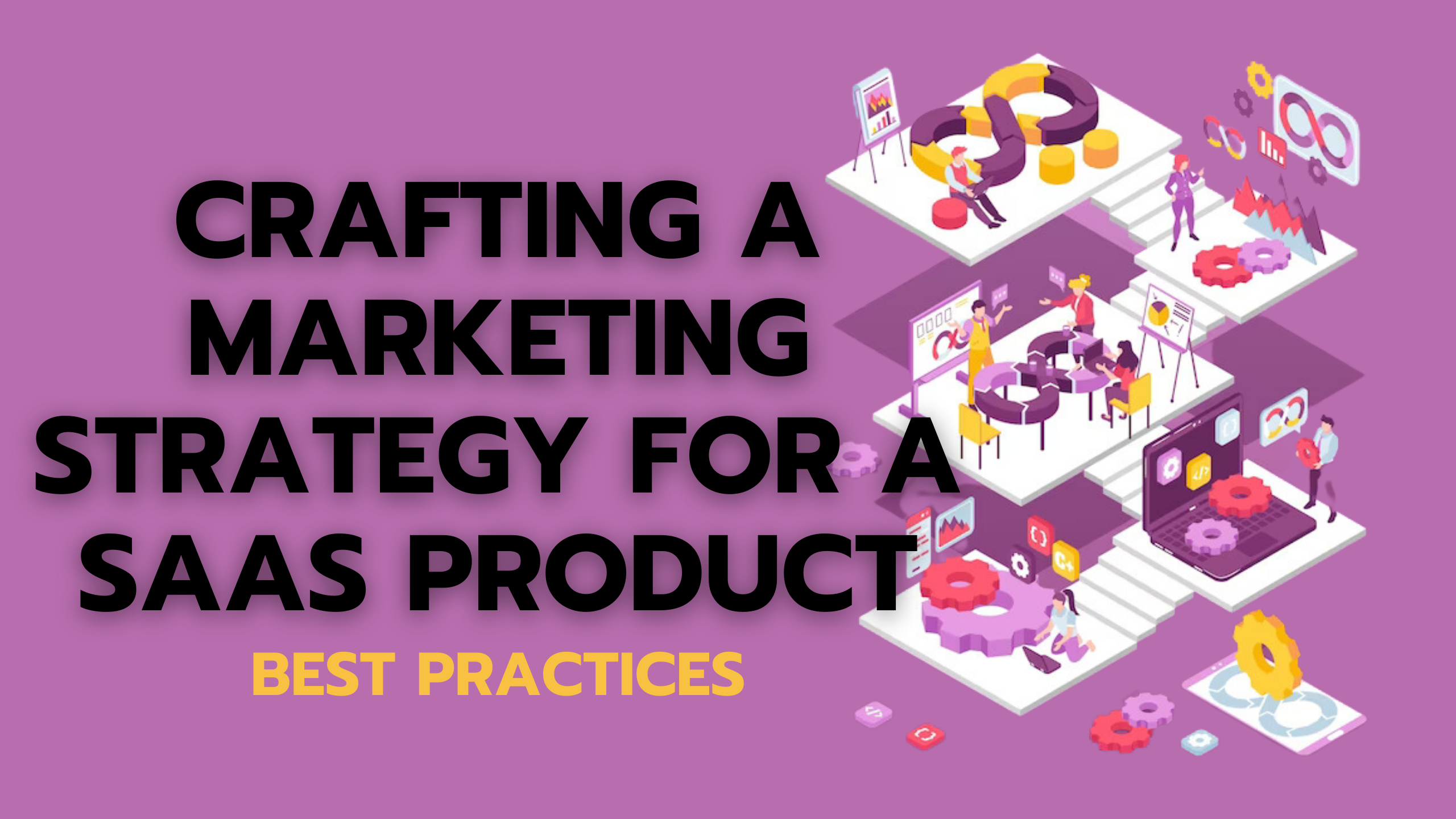Crafting a Marketing Strategy for a SaaS Product: Best Practices


Crafting a Marketing Strategy for a SaaS Product: 9 Best Practices
In the dynamic realm of Software as a Service (SaaS), formulating a compelling marketing strategy is crucial for success. This article explores nine key practices for creating an effective marketing strategy for SaaS products, spotlighting exemplary instances to illustrate these strategies.
1. Understanding Your Audience
To kickstart your SaaS marketing strategy, delve into comprehensive market research to identify and understand your target audience. Develop detailed buyer personas that will guide you in tailoring your marketing messages and selecting the most effective channels.
2. Emphasizing Unique Value Proposition (UVP)
Clearly define and articulate the unique benefits that your SaaS product brings to the table. Highlight what sets it apart from the competition and clearly communicate these differentiators in your marketing materials.
3. Leveraging Content Marketing
Establish your brand as an industry thought leader by creating engaging and informative content. Utilize blogs, ebooks, and videos to not only showcase your product but also provide valuable insights and solutions to your audience.
Explore more about these SaaS products by visiting their respective websites: Salesforce, Slack, Asana, Zendesk, and Monday.com.
4. Implementing Inbound Marketing
Enhance your online visibility by employing SEO strategies. Develop a comprehensive inbound marketing plan that aims to attract organic traffic to your website, fostering engagement and interest in your SaaS offering.
5. Utilizing Paid Advertising
Invest in targeted paid advertising campaigns on platforms like Google Ads and social media. Ensure that your ad content aligns with the buyer’s journey, providing relevant information at each stage of the decision-making process.
6. Utilizing Social Media
Engage with your audience on social media platforms relevant to your industry. Share user testimonials, case studies, and product updates to build a community around your brand.
7. Offering Free Trials and Demos
Provide a risk-free experience for potential customers through free trials or product demos. This allows users to experience your product firsthand and understand its key features and benefits.
8. Nurturing Leads through Email Marketing
Build and segment an email subscriber list, and implement targeted email campaigns to nurture leads and guide them through the conversion funnel. Personalize your communication to address the specific needs and interests of your audience.
9. Analyzing and Adapting
Regularly analyze key marketing metrics to evaluate the performance of your strategies. Use insights gained from user feedback and market trends to adapt your marketing approach and stay ahead of the competition.
Noteworthy SaaS Products and Their Marketing Strategies
1. Salesforce
Salesforce, a cloud-based customer relationship management (CRM) platform, emphasizes its unique value proposition by focusing on customer success. Their comprehensive content marketing strategy includes webinars, whitepapers, and blog posts.
2. Slack
As a collaboration platform for teams, Slack leverages social media for community building and effectively uses free trials and a freemium model to attract users.
3. Asana
As a project management and collaboration tool, Asana’s marketing strategy highlights its clear UVP, emphasizing simplicity and efficiency. They also engage in content marketing through blog posts and educational resources.
4. Zendesk
Zendesk, a customer service and engagement platform, employs a marketing strategy that includes targeted paid advertising and providing free trials to showcase its product capabilities.
5. Monday.com
Monday.com, a work operating system for teams, maintains an engaging social media presence with user-generated content and implements email marketing campaigns to nurture leads.
Conclusion
Crafting a successful marketing strategy for a SaaS product requires a nuanced approach, blending audience understanding, clear communication of UVP, and the utilization of diverse marketing channels. The highlighted SaaS products serve as prime examples, emphasizing the significance of clear communication, engagement, and adaptability in the ever-evolving SaaS landscape.





